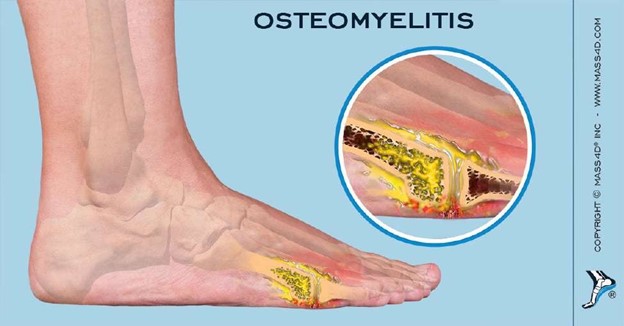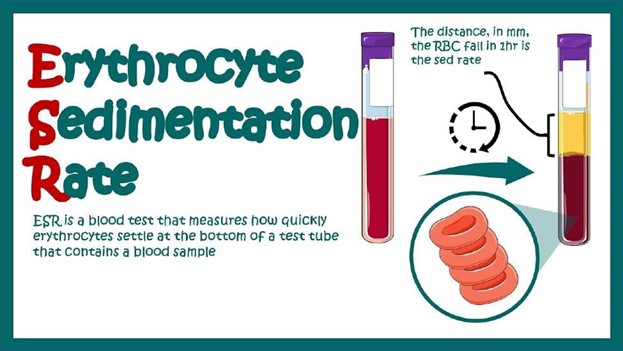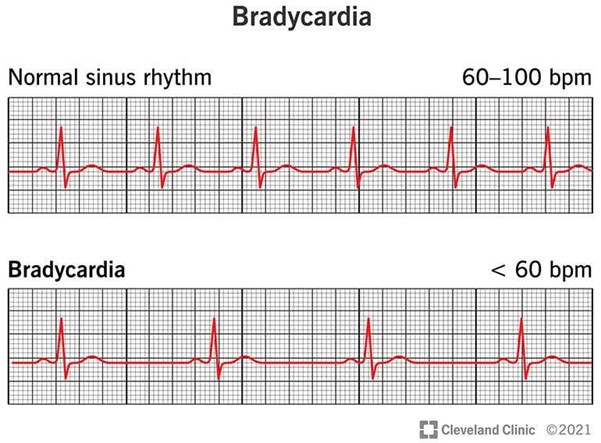A nurse is planning care for a child who has osteomyelitis.
Which of the following interventions should the nurse include in the plan of care?
Initiate contact precautions for the child.
Maintain a patent intravenous catheter.
Provide a high-calorie, low-protein diet.
Encourage frequent physical activity to increase bone mass.
The Correct Answer is B
Maintaining a patent intravenous catheter is important for administering antibiotics and other medications to treat osteomyelitis.

Choice A is wrong because contact precautions are not necessary for a child with osteomyelitis.
Choice C is wrong because a high-calorie, low-protein diet is not indicated for a child with osteomyelitis.
Choice D is wrong because frequent physical activity may not be appropriate for a child with osteomyelitis due to pain and inflammation 1.
Nursing Test Bank
Naxlex Comprehensive Predictor Exams
Related Questions
Correct Answer is ["B","C","E"]
Explanation

This laboratory test can contribute to confirming a diagnosis of rheumatic fever.
Choice A is wrong because Blood urea nitrogen (BUN) is not used to diagnose rheumatic fever.
Choice D is wrong because Partial thromboplastin time (PTT) is not used to diagnose rheumatic fever.
Correct Answer is C
Explanation
Bradycardia, or a slow heart rate, is a sign of digoxin toxicity in infants.

Digoxin is a medication used to improve the strength and efficiency of the heart and to control the rate and rhythm of the heartbeat.
However, an overdose can cause changes in the rate or rhythm of the heartbeat, including bradycardia.
Choice A is wrong because polyuria is not a sign of digoxin toxicity.
Choice B is wrong because diaphoresis is not a sign of digoxin toxicity.
Choice D is wrong because jaundice is not a sign of digoxin toxicity.
Whether you are a student looking to ace your exams or a practicing nurse seeking to enhance your expertise , our nursing education contents will empower you with the confidence and competence to make a difference in the lives of patients and become a respected leader in the healthcare field.
Visit Naxlex, invest in your future and unlock endless possibilities with our unparalleled nursing education contents today
Report Wrong Answer on the Current Question
Do you disagree with the answer? If yes, what is your expected answer? Explain.
Kindly be descriptive with the issue you are facing.
